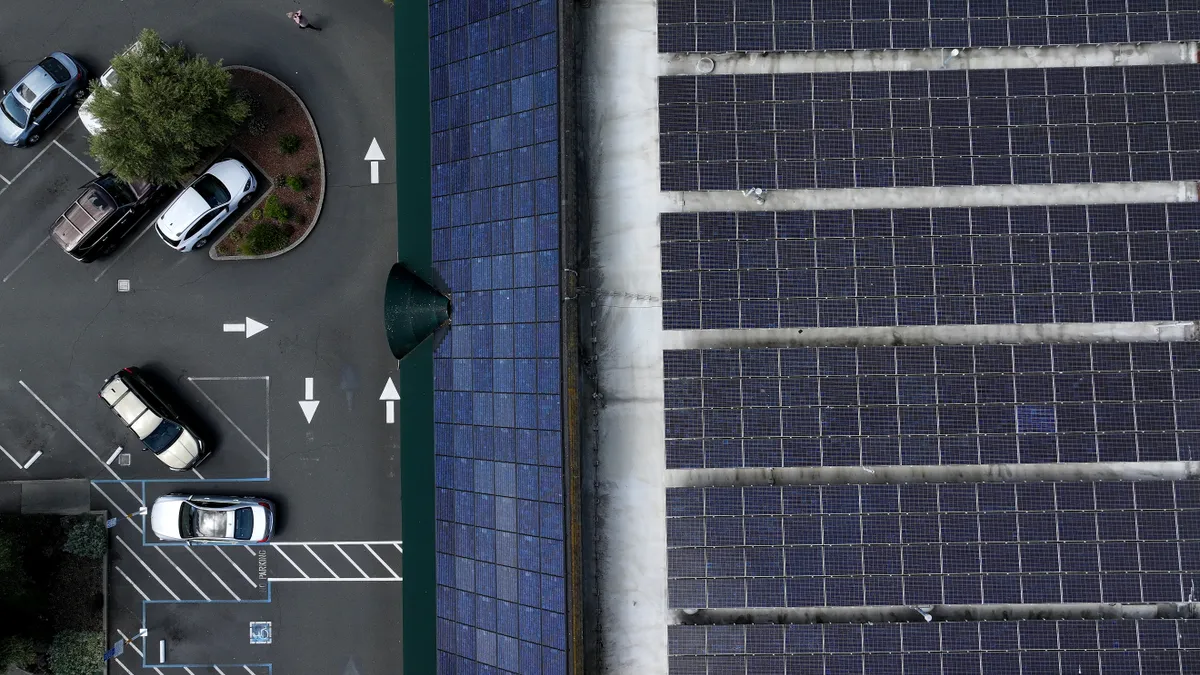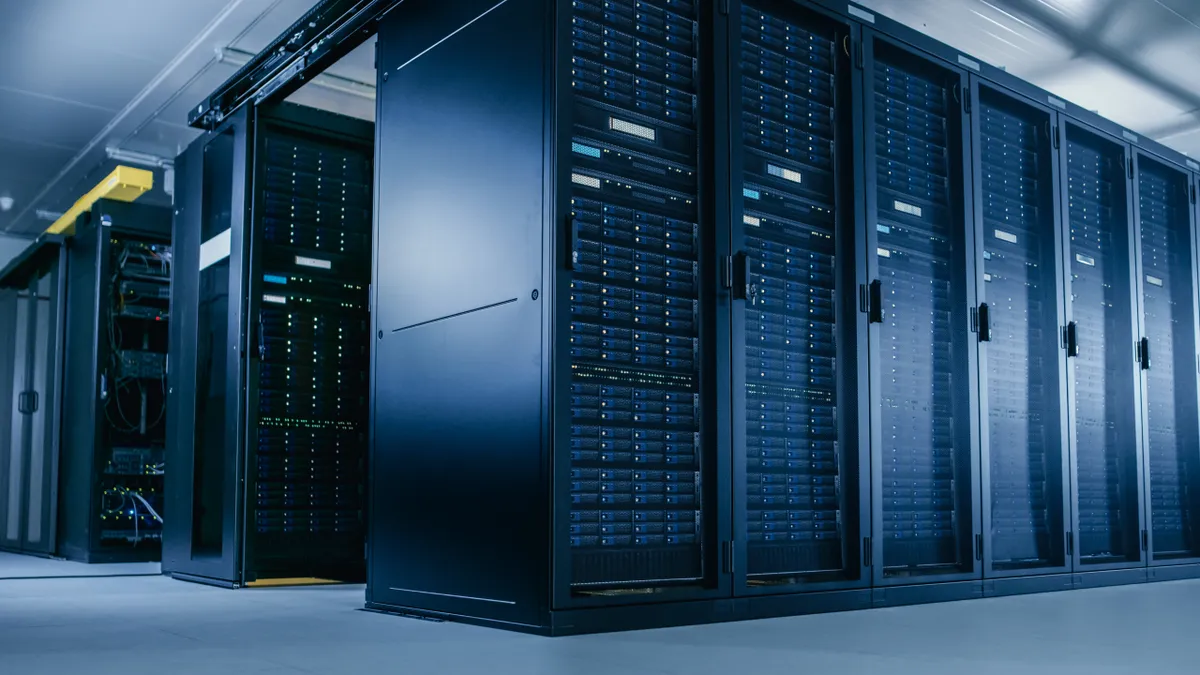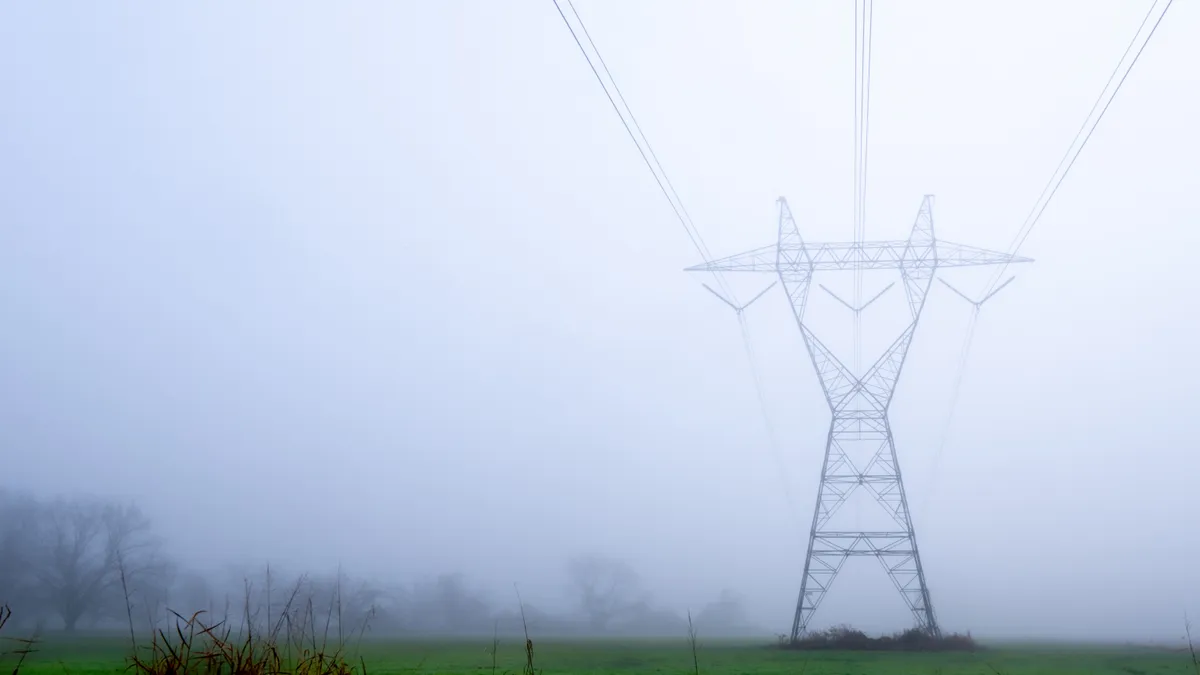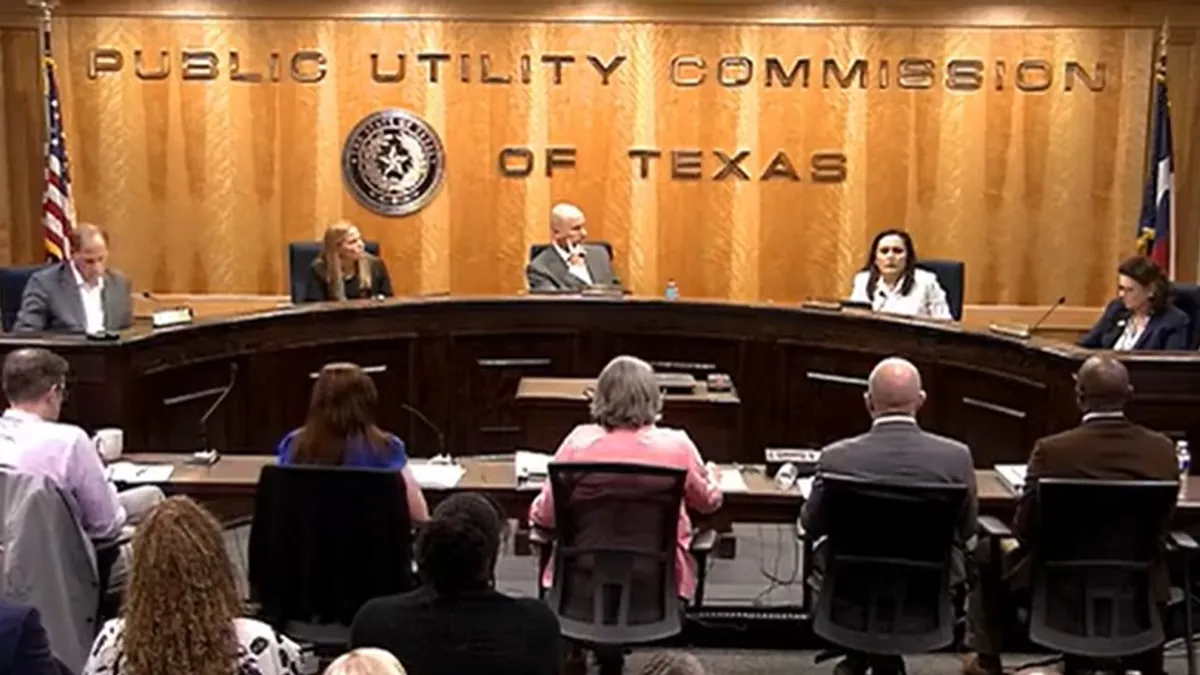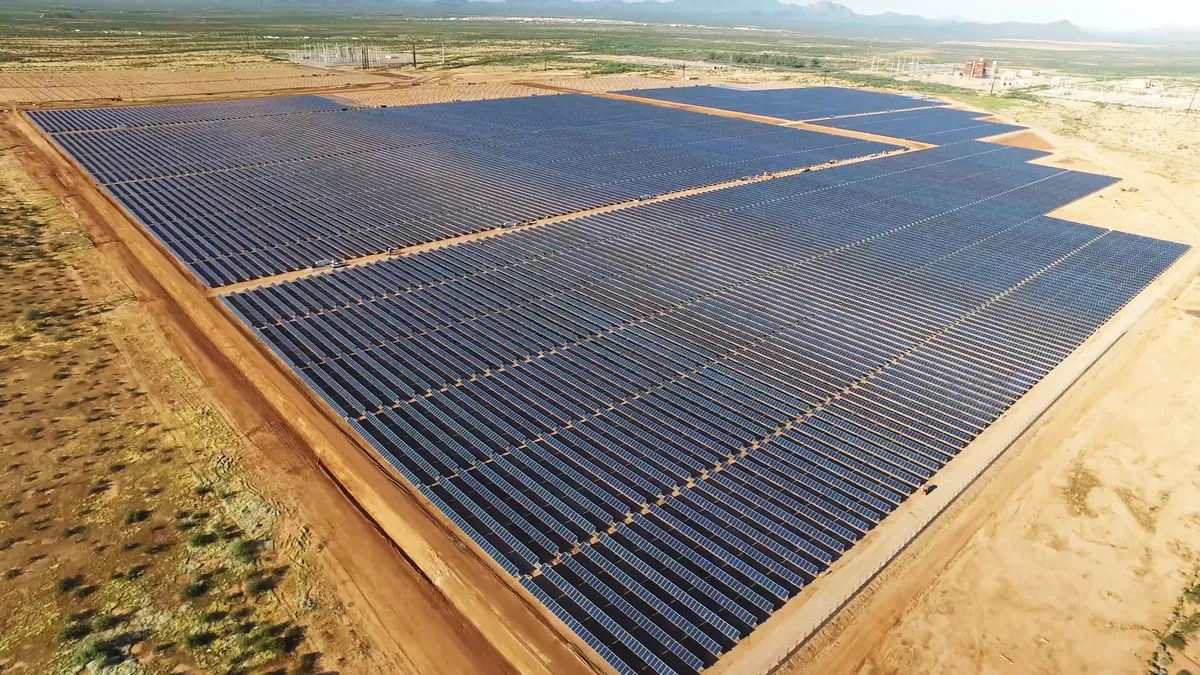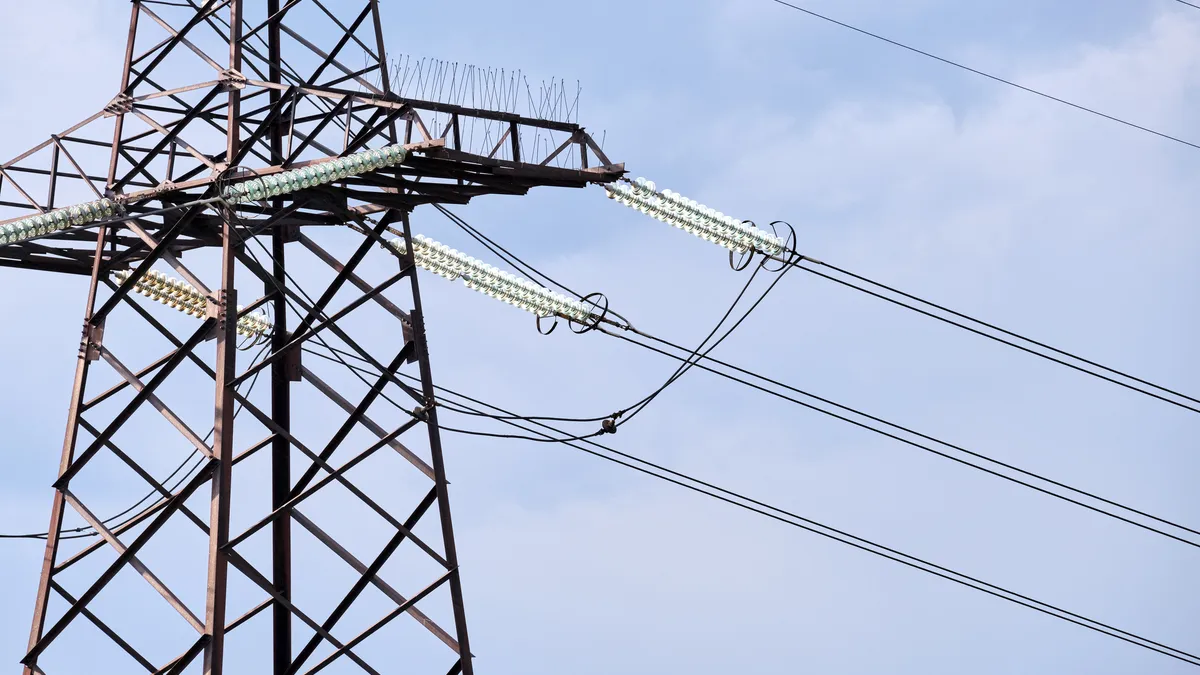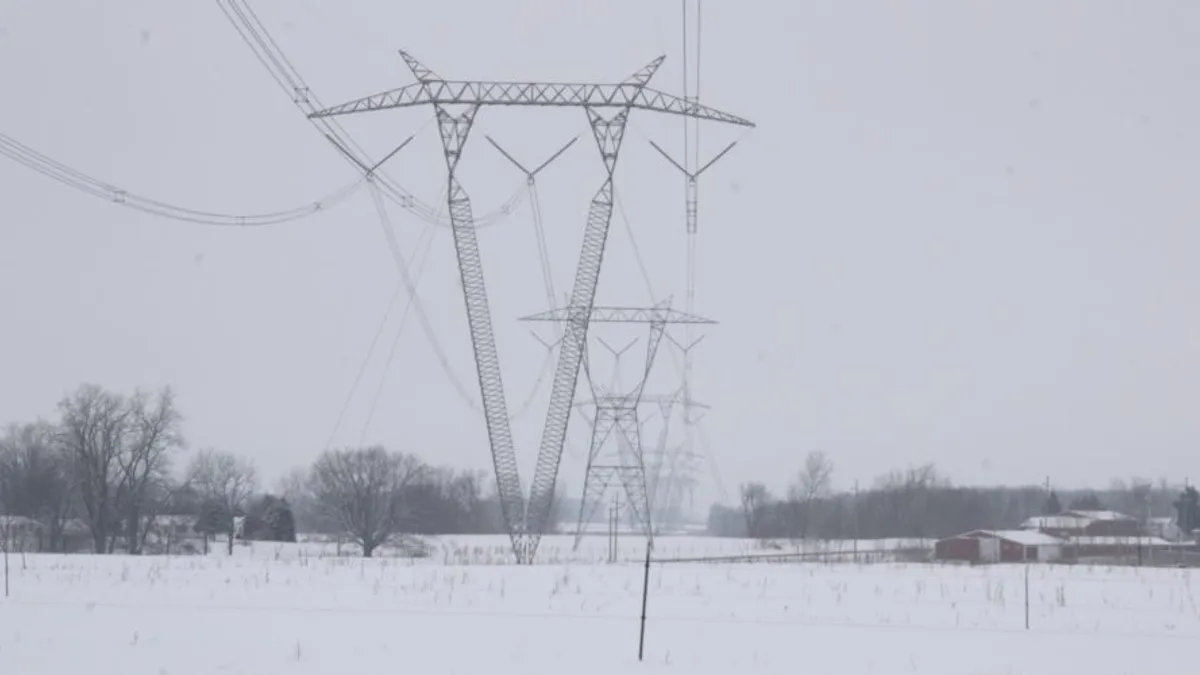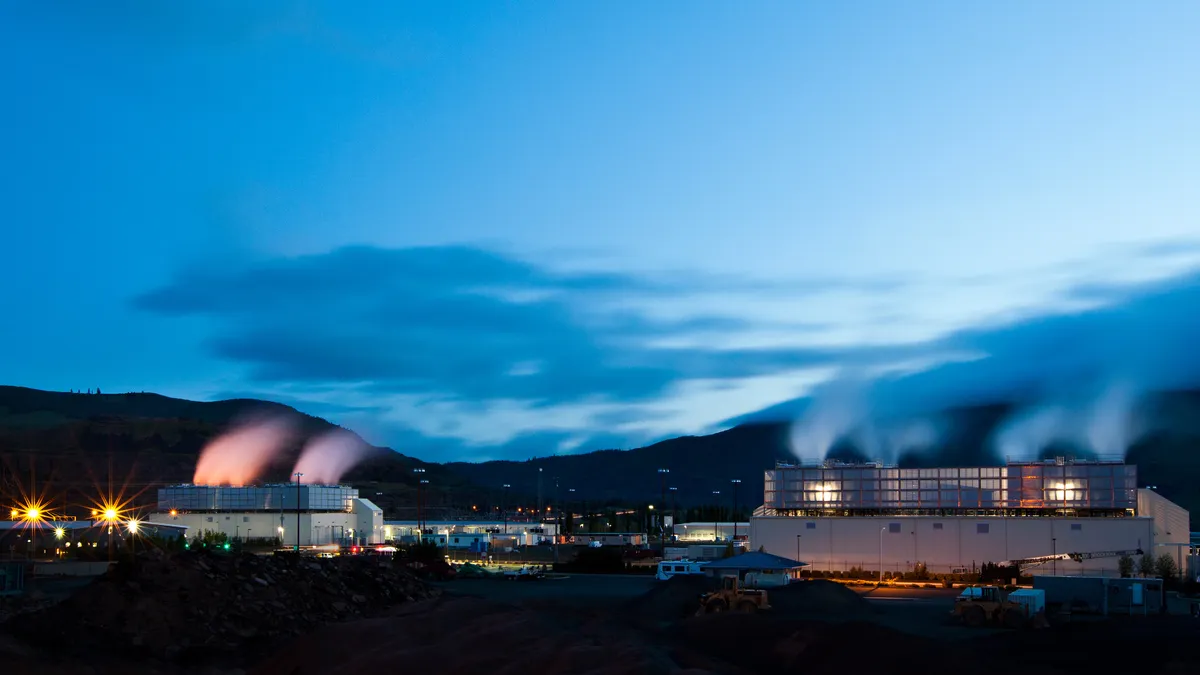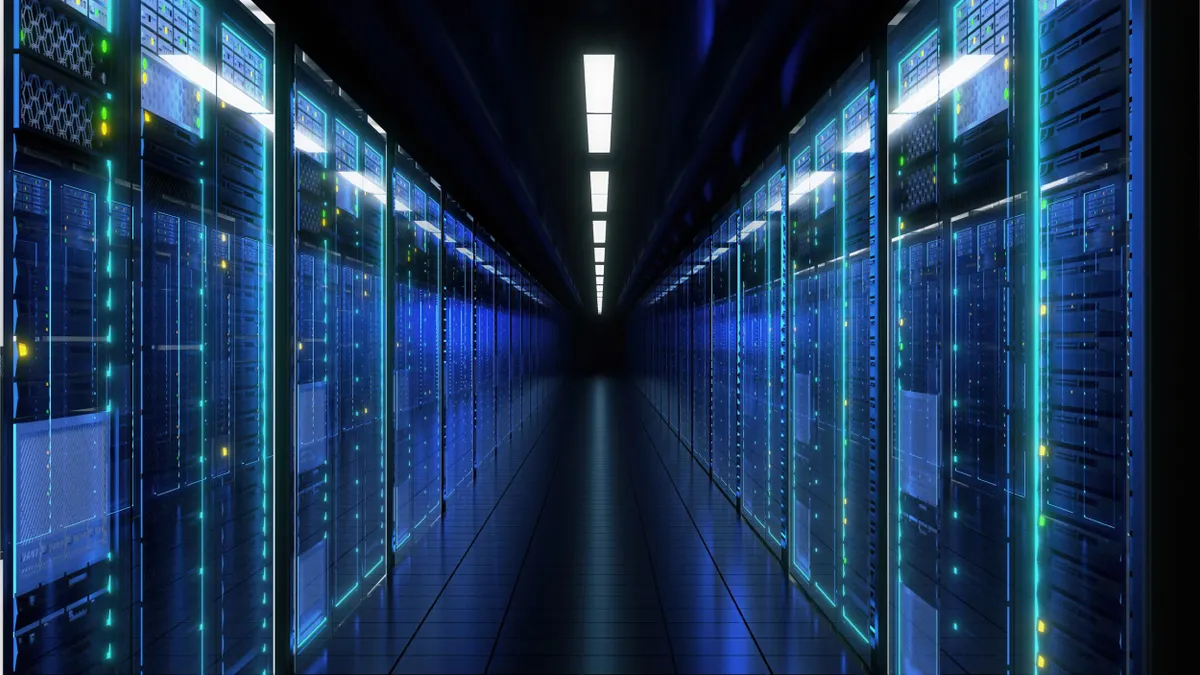The largest smart grid project in the country is winding down, its participants just beginning to sift through five years of lessons learned, but one thing has become very clear: It's all about the data.
The Pacific Northwest Smart Grid Demonstration kicked off in 2010 with an impressive array of stats: five states involved, 60,000 metered customers, 11 utilities and a $178 million budget. The plan called for a broad range of projects to be equally funded by participants and the U.S. Department of Energy, individually testing out ideas and concepts while working jointly to see if a regional smart grid could reduce energy use and improve reliability.
In addition to the lessons learned, utilities installed about $80 million in smart grid upgrades and the bulk of that is still in play, according to Ron Melton, who directed the Batelle-led project. “We provided a good down payment for the region, and provided a valuable opportunity for utilities to learn about the components of the equipment, the benefits, they just didn't know before,” he said.
The project included participants in Idaho, Montana, Oregon, Washington, and Wyoming, involved two universities, and maintained system assets totaling about 112 MW. While initiatives ranged widely – Flathead Electric Co-Op offered a water heater program, Portland General Electric built a 5 MW battery and the University of Washington connected a 5 MW steam generator to the grid's larger needs – they also sought to prove an integrated set of power providers and consumers could develop systems which would automatically respond to price signals.
“We're pretty excited about demand response being the future piece of the puzzle for conservation,” said Norm Menter, the University of Washington's energy conservation manager. “There's a lot of exciting research going on around demand response around the country. This was just one of many cool projects.”
All about the data
The range of projects was impressive.
Portland General, the largest utility in Oregon, developed a 5-MW lithium ion battery which stored 1.25 Mwh and let the project's leaders consider intentional islanding strategies, distributed automation and renewable integration. The University of Washington spent $5 million to install 200 smart meters and play out the part of a commercial customer in demand response scenarios. Montana's Flathead Co-Op offered free water heaters tied to demand response programs, in-home energy displays and discounts on home energy networks.
But ultimately, the wider lessons learned came down to data: What the industry is ready for, and what it is not.
“One of the lessons learned that I think is broadly applicable,” said project director Melton, “ is about the lack of tools and capabilities for utilities to manage the data coming back from the different, smarter technologies they've installed.”
But just saying “manage the data” oversimplifies the problem, Melton said. “It's really a problem of maintaining a flow of data with known and reasonable quality … knowing different sensors are working properly and producing good data; making sure data is flowing through the system and not getting lost; the status of systems and sensors.”
Transactive control
The project was a joint initiative between the Bonneville Power Administration (BPA), which provides power in the region, and Batelle's Pacific Northwest National Laboratory (PNNL). And one of the major considerations was to determine whether or not the region's distributed assets, utilities and consumers could collectively create and respond to pricing signals.
Dubbed “transactive control,” the broad aim was a demand response program coordinated between multiple utilities and across the five-state region. “This is the only project I know of to try and coordinate across multiple utilities,” Melton said. “We don't have a set of persistent signals from BPA or some other regional balancing authority.”
Pricing signals are a key point, said the University of Washington's Menter. But UW gets most of its power from Seattle City Light, which does not offer it a variable rate (though if the utility offered one, “we would intend to participate,” Menter said). That means the university's ability to participate in demand response programs ends with the project..
“In order for these experiments to be taken out of the lab,” said Menter, “we would need changes in the rate structure from Seattle City Light.”
“The basic technology works as we expected it to,” said Melton, though “there is work to be done refining and improving.” The project sought to develop signals participants would respond to, based on weather predictions, wind generation forecast and seasonal demand models.
The University of Washington, with its 5-MW steam generator and stand-by diesel units, in some ways acted out the part of a commercial customer participating in a demand response program.
'A living laboratory'
The University of Washington, with an average campus population of around 60,000, has electricity demand around 38 MW. The utility spends about $1 million each month, and is Seattle City Light's second largest customer, according to BPA.
The campus' 5-MW steam generator and diesel units provide backup power, but the smart grid project questioned whether or not the campus' distributed assets could be integrated into the broader grid.
“The experiments were successful,” said UW's Menter. “We proved that we could respond to a regional price signal. … We used real assets. It was a living laboratory of how the grid would operate if there were a variable price signal.”
The university's generation would respond to estimated price signals sent from PNNL for the next 15 minutes, hour and three hours, Menter said. “We have an algorithm that responds to that price signal,” he explained, though initially there was human control over all of the decisions.
“We would have people watch for responses that were nonsensical,” Menter said. “We proved over time that we were able to get this down to a routine and the humans didn't even need to be involved with.”
Projects continuing on
As the pilot winds down, the benefits continue on both in terms of lessons learned and the pilots which may continue.
As participants integrated smart grid technologies into their systems “they found a need to break down silos in their organizations,” said Melton. In some instances engineering and IT shops which had never really dealt with one another were suddenly operating closely.
And of the $80 million in smart grid tech that utilities installed, some $70 million is still there benefiting consumers. While some pieces of equipment failed, or were determined to not be the right solution, the bulk is still there helping empower the grid. That's the “downpayment” Melton referred to.
As for the transactive control idea, “it's a mixed result,” said Melton. PNNL is working with two participants on the idea of smart campuses. “There is a small number of participants that are looking to continue to use that technology.”
Flathead Electric, the co-op with the water heater program, expects to continue it for the foreseeable future. “We're moving forward with the water heater program and are trying to do 1,000 this year,” said Russ Schneider, Flathead's regulatory analyst.
The utility put more than $2 million into the overall project, and installing the water heaters cost more than $400 per customer. That said, within five years the utility expects to recover costs because on average the water heaters – tied to a demand response program that cycles them off for up to two hours – reduce consumption by 0.58 kW per unit.





